Taxonomy update
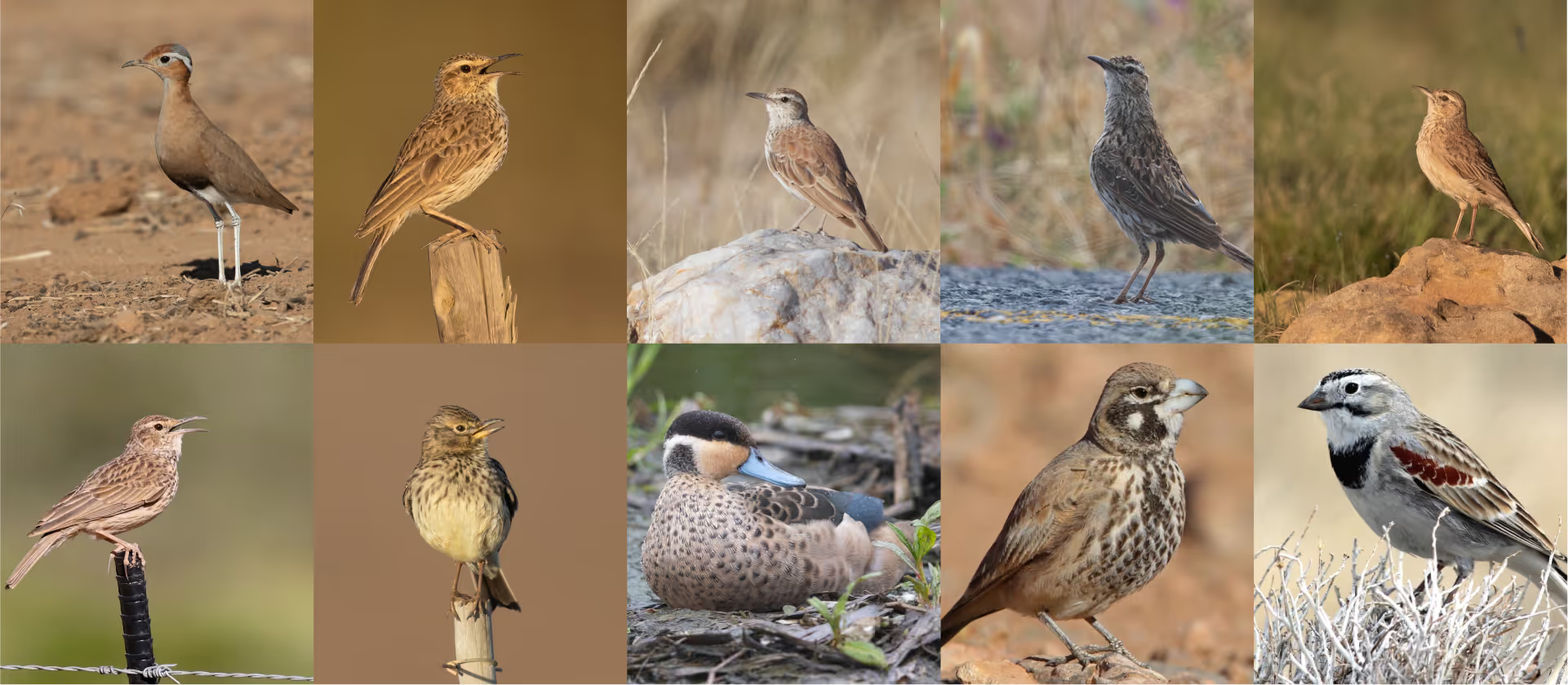
We have recently updated our taxonomy in the app, and so we felt it would be worth setting out a few thoughts about name changes, splits, lumps and world bird lists. It can be an extremely confusing, and sometimes emotive, issue, so we thought we’d try distilling it a little to make things seem a little simpler.
We know that many birders don’t care too much about all of this “in the weeds” type of stuff, but there are equally as many who care quite a lot about it. We are hoping we can cater for both camps in Bindo, as well as all those in the middle.
Our timing is a little weird as we are just getting ourselves fully up to date with the latest IOC taxonomy, but it also just so happens that taxonomy is a very topical issue at the moment, globally, as the birding world has recently been introduced to a new global list of birds called Avilist.
Avilist and World Bird Lists
Before diving into a description of Avilist, it may be useful to give you all a tiny bit of context.
The global birding world has long been split by the existence of numerous “official” bird lists. There is even debate about how many lists there are out there, but I’ll try keep it as brief as possible, so I will focus on the three most popular and relevant ones.
The most relevant one for us, in Southern Africa, is the IOC World Bird List, maintained by the International Ornithologist’s Committee, a global group of ornithologists who have produced an official list that we have chosen to follow in our field guides and naturally it is the one that we follow on Bindo. That means that all the names and species that you log on Bindo are driven by the most recent IOC published list. At the moment the latest update is referred to as IOC 15.1.
The other relevant list for those birders that have chosen to maintain their species lists on eBird is Clements. The Clements list was developed and maintained by Cornell University in the United States and therefore it tends to have a North American bias. With eBird becoming such a globally adopted listing app, many birders are choosing to follow Clements when maintaining their species lists.
And, finally, the third relevant list is the one endorsed and maintained by Birdlife International, which is referred to as the Handbook of the Birds of the World.
There is obviously a large amount of overlap between each of these lists with most species being common across all three, however there are opinion differences on certain species and sub-species that results in differences between them. In terms of numbers, the IOC list recognises 11,250 species, with Clements recognising 11,017 and HBW with the lowest number of 10,965.
This disparate spread of species across these lists is not ideal as the birding community expands more globally. It also has an impact on how conservationists consider their prioritisation when it comes to allocations of time and money to ensure the conservation status of birds around the world. So, the International Ornithologists Union formed the Working Group on Avian Checklists in July 2020 to incept a project to unify the global bird checklist through a consultative and transparent process.
And, so, on Tuesday, 10 June 2025, Avilist was formally launched through the publication of a single list of birds with the intention that it becomes the list that all other official list groups migrate towards. The website is interactive and informative and allows for an easy comparison between the three existing lists (IOC, Clements and HBW) and Avilist, showing all the relevant splits, lumps and name changes.
So, it is likely in the short to medium term we’ll see an absorption of the IOC list into Avilist and our sub-region list will be maintained and published by Avilist.
But, we’re not quite there yet and so it is the IOC for the time being. This piece hopefully takes you a little deeper than the pure list and provides a bit of insight into why lists and names change over time.
Name changes, splits and lumps
For many birders, taxonomy is something they simply don’t care about. And, on the other side of the spectrum, the names and species statuses of the world of birds may be more emotive than actually seeing the birds in the field.
Since I became a fanatical birder at the age of six, I remember that I just loved to see the birds, not because of what they were called, but because they were wondrous in appearance, behaviour and variation.
But, I like to be as diligent as I can be in keeping up with the latest taxonomy and name changes. I try to appreciate the reasons for these changes and fully embrace the fact that nothing in our world should remain static. As we learn more, we should adapt and change to remain relevant.
There seems to be a bit of a thing when it comes to name changes for our birds. At the extreme end of those resistant to change are the conspiracy theorists that believe the regular name changes are collusions by the field guide authors to sell more books. The more often the names are changed, the more books they can sell.
So, perhaps it is worth giving a brief outline to some of the reasons for the name changes to allay some conspiracy theorist fears:
A global birding community
This is a slightly historic example, but it helps give context. We have an endemic bird that we used to call a Thick-billed Lark. Interestingly, this bird was always named as Thick-billed Lark by global bird authorities (pick which one you would like), and it was only here in South Africa that we called it a Thick-billed Lark. In fact, it was a strange deviation of ours away from a formal global list.
.avif)
About 20 years ago, the bird was renamed, for our sub-region field guides and official lists, as Large-billed Lark. There was the inevitable uproar, wondering why we needed to change a perfectly good name. And for a Southern African endemic, nogal.
Well, there is a north African bird called a Thick-billed Lark and, as far as I know, it has always been called that. If you’ve ever seen a Thick-billed Lark, I think you may agree that it is a far more deserving of the name than our one:
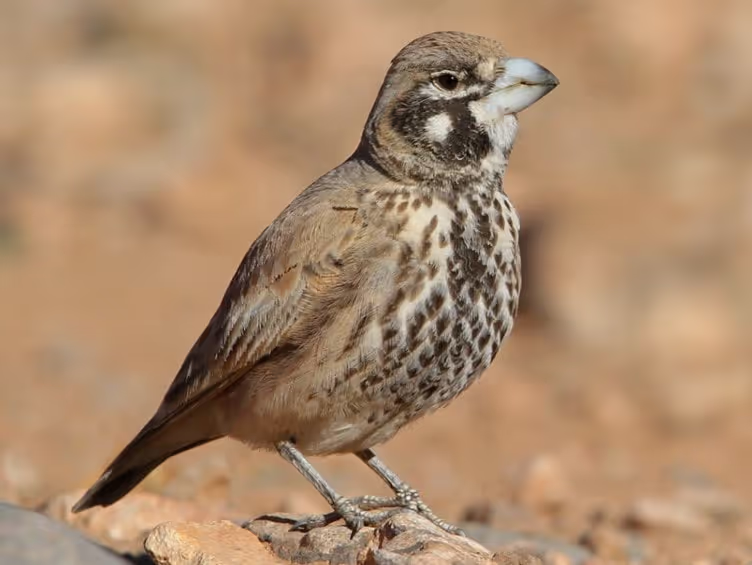
The problem in the past was that the South African birding community was isolated. It may have been apartheid related, with fewer birders venturing into or out of South Africa for avitourism, but it may also have been the lack of a truly global birding community. This community has subsequently grown exponentially due to social media and global birding platforms like eBird and the ease of global travel and bird tour operators seeking new destinations to show birders new birds.
That meant that 99% of South African birders had no idea there was a bird called a Thick-billed Lark that wasn’t our own. It is not hard to see why we had to change it, when considering foreign birders now coming to South Africa to see our endemics and wondering why the bird they were being shown had the same name as a bird they’d already seen in north Africa.
As the global birding community has grown, so has the need for our resources and conventions to change to make things more consistent with the rest of the world.
Socially sensitive name changes
Birders will know that our Blue-billed Teal and Fynbos Buttonquail have both had their names changed, dropping the politically and racially sensitive and offensive reference in their original names and being replaced with far better descriptors.
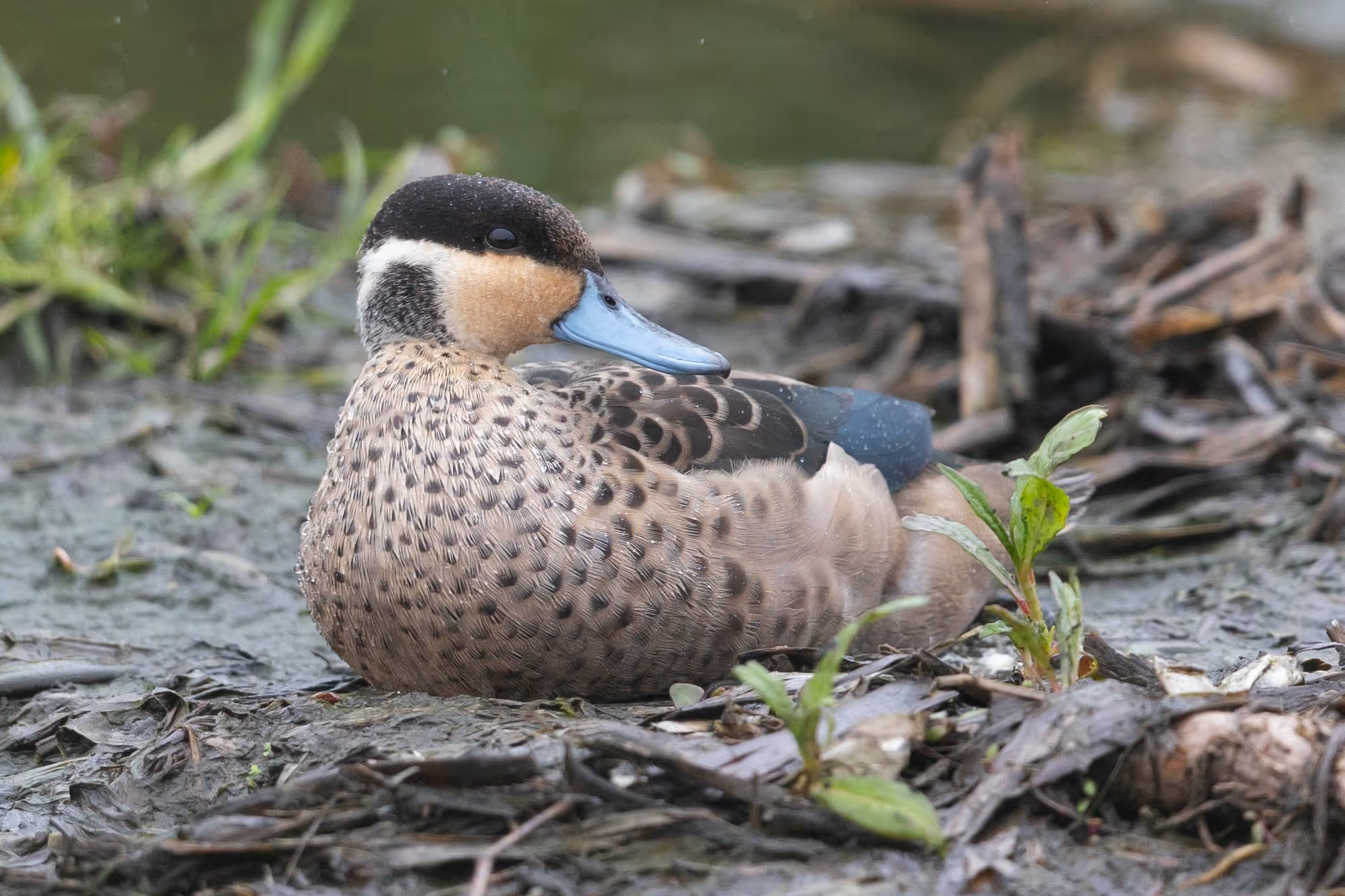
There may be some old-fashioned birders who may not even be aware that the original names were offensive, and that may go hand in hand with a reason they felt the name changes were unnecessary, but I personally consider the naming of one of our fynbos endemics (in the case of Fynbos Buttonquail) with a descriptor of an endemic plant biome couldn’t be a better step in the right direction.
There is now a global trend, particularly in North America, to rename all birds that hold honorific (or eponymous) names. These are bird names that “honour” a person. During the era of natural history exploration, many naturalists were sent to far flung parts of the world on a path of discovery of the world’s living species. It wasn’t only birds, but also all forms of life. Many of these discoverers were honoured in having many of these species named after them. Levaillant, Burchell and Verreaux are a few examples of this in our field guides.
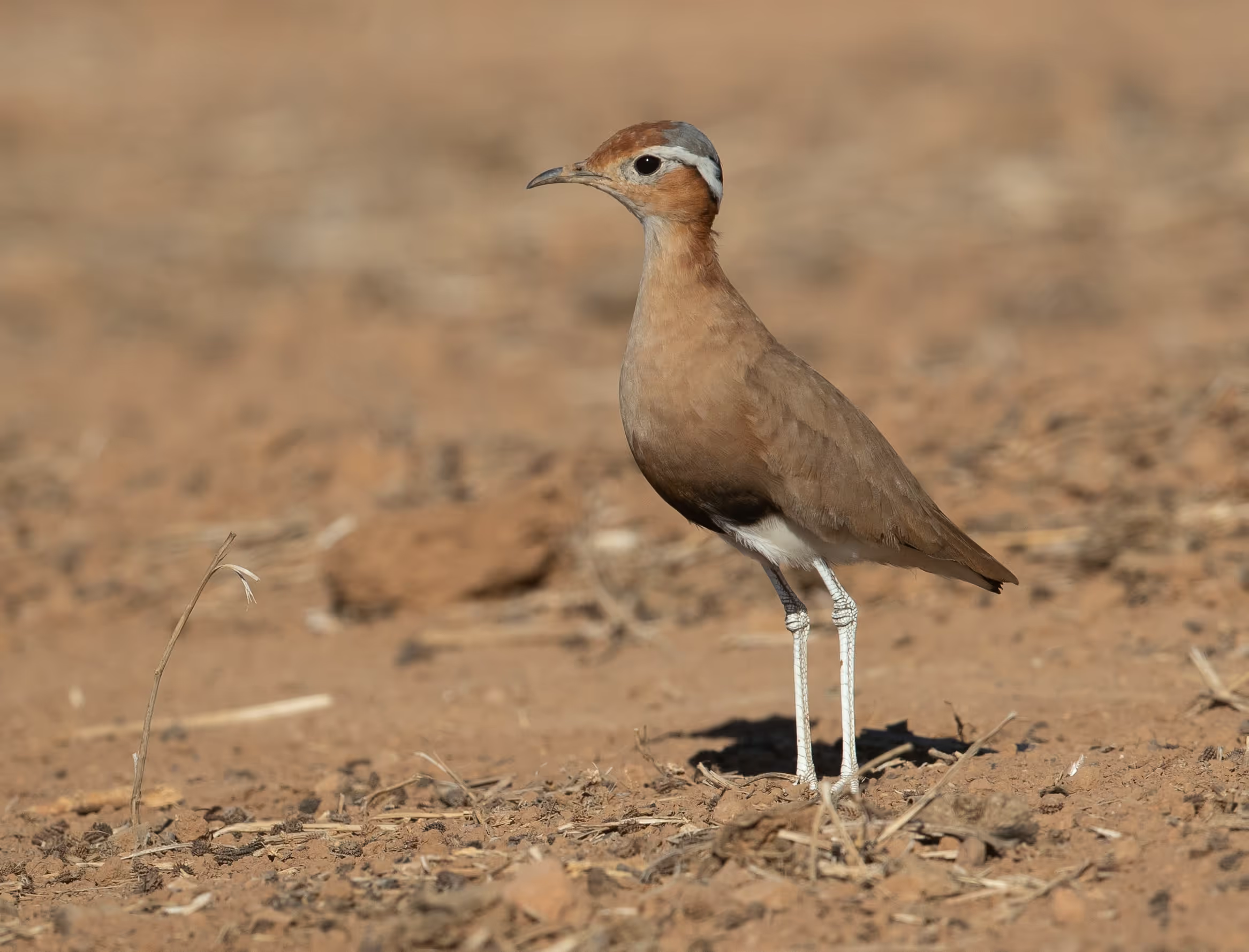
In South Africa we have a surprisingly extensive list of honorific names. It may surprise you to learn that we have almost 90 bird species that are named after a variety of people. Scroll through your field guide and you will find many more than you expected.
In the US there was a recent name change that seems to have started the trend. There was a bird called McCown’s Longspur. The longspurs are small, ground-feeding and long-winged birds that gather in flocks on the prairies of the US and Canada. They are a little reminiscent of our buntings.
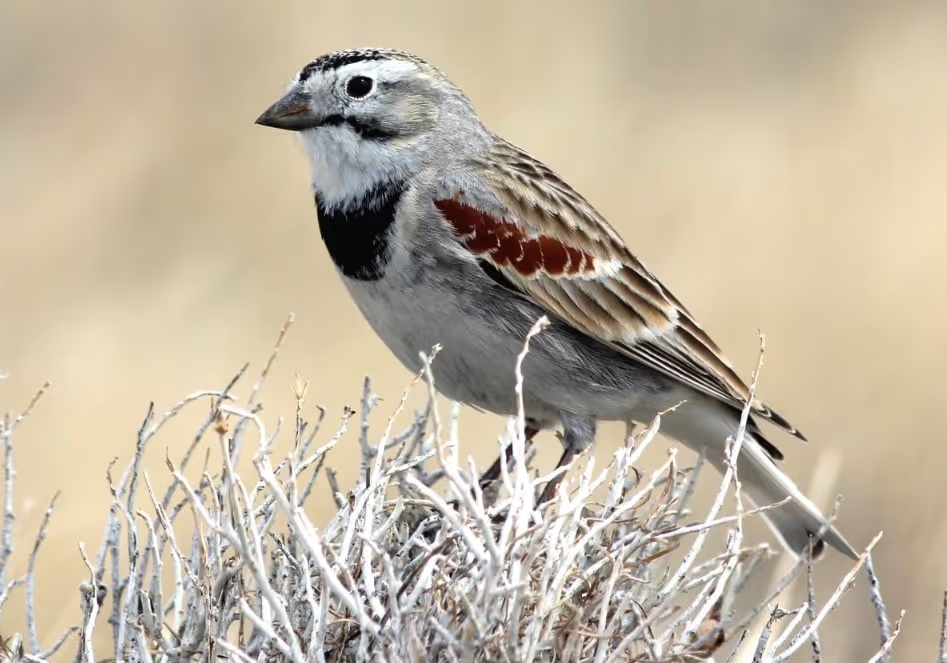
McCown’s Longspur was named after John P. McCown who was a confederate general in the American Civil War in the mid to late 1800s. Despite the fact that he was a keen naturalist and collected the type specimen of the longspur that was named after him, he was, by all accounts, a tyrant and racist and applied his military methods with perverse cruelty.
The naming committees in the US decided that it was inappropriate to continue to honour McCown with a bird name, and so it was changed to Thick-billed Longspur. This was the first step in the movement that is referred to as “Bird Names for Birds” and an overhaul of all honorific names is now in motion.
This trend will certainly continue in North America as birds are named by habitat or feature descriptors, rather than by the people that discovered them. It is noticeable in the most recent Avilist publication that this has caught on globally and many bird names are dropping their honorific references and being named based on habitat type or physiological features. As the IOC folds into Avilist we will certainly see this trend impact our many honorific names, so prepare yourselves for a large overhaul. Just remember, don’t shoot the messenger!
If you asked me for my opinion, though, I think it is a very positive step in the right direction.
Taxonomic changes
The main driver, however, for most of our name changes is the continuing evolution of speciation work around the world, which involves making scientific decisions about which bird constitutes a species, and which bird doesn’t.
The really tricky bit is that the margins are narrow, and sometimes the work puts the birds on one side of the species line as a full species, and in other cases, the work puts the bird on the other side of that line as a subspecies. The most confusing situation, though, is when each of these scenarios happens to the same bird in subsequent revisions.
The most useful example I could think of was for our Benguela Long-billed Lark, a bird endemic to northern Namibia and southern Angola. We have to go back to 2005 for the full story of the Benguela Long-billed Lark.
Many of the younger birders reading this will not remember the voluminous edition of Roberts VII launched in 2005. Roberts VII was a tome of work that commenced in 1998, with its final publishing in 2005. It was the most comprehensive reference book we, as Southern African birders, had ever seen. Numbering more than a thousand pages it had reams of text for each bird species, and it was far more than a field guide like previous editions of Roberts had been. It was so heavy, it was impossible to carry in the field anyway.
The most impactful aspect of this publication was the genetic work on all our birds that resulted in substantial taxonomic changes to our list and, alongside that, a significant number of splits of species.
At a quick glance, the authors of Roberts VII gifted us a very generous helping of 29 new species due to the splitting of existing species. And, along with these splits, came a plethora of name changes. Perhaps the noise of these name changes was lessened, as so many birders were given so many new birds for their lists and it was achieved with no more than a glance through the new list and the process of ticking a bunch of them while sitting on their couches at home.
The most benevolent scientists were those that were working on the Long-billed Lark, a bird spread widely across our sub-region from the mountainous areas in the east, all the way across to the driest gravel plains of Namibia in the west. With some very detailed genetic work performed by ornithologists, the Long-billed Lark was split into five new species:
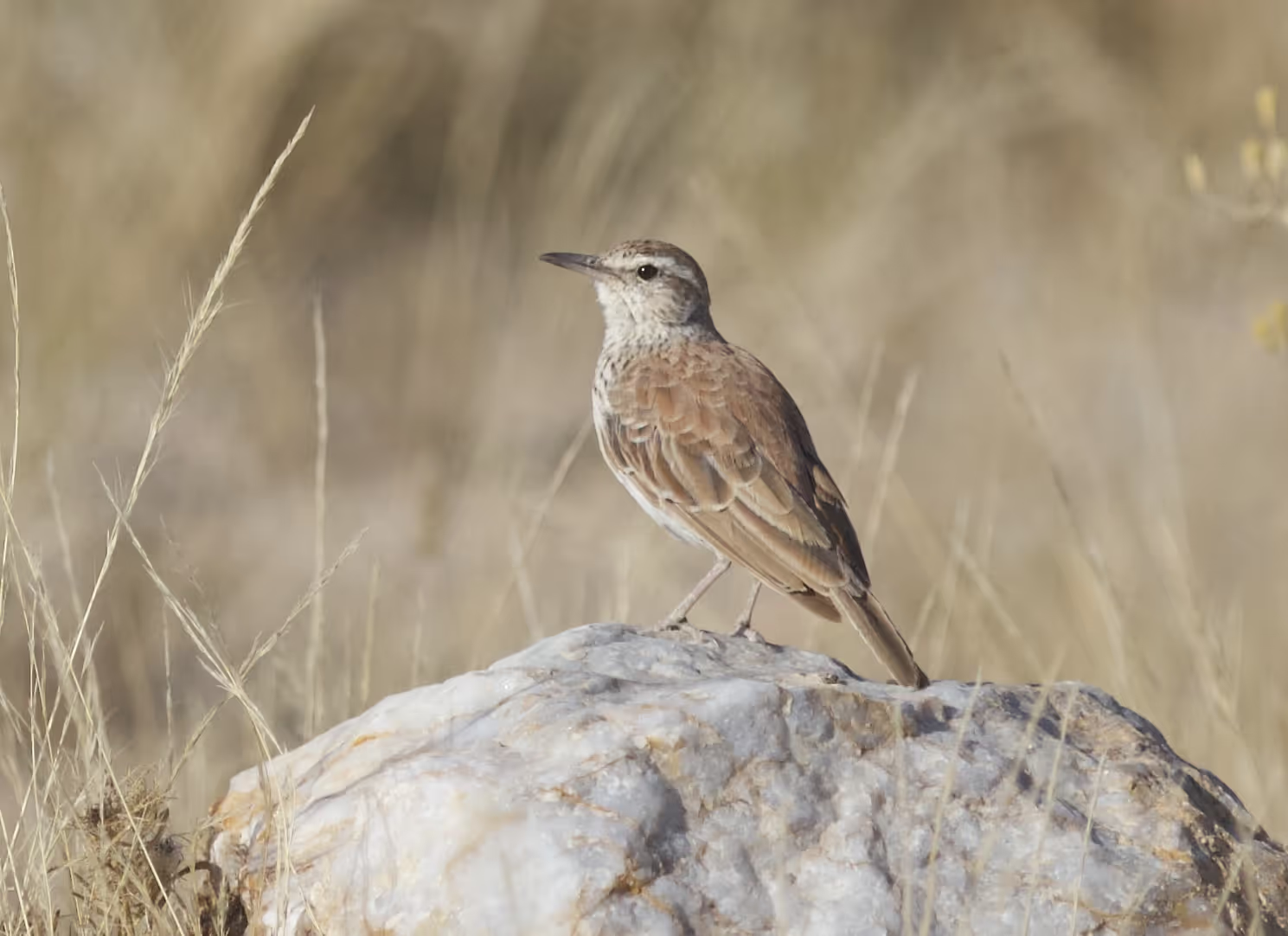
.avif)
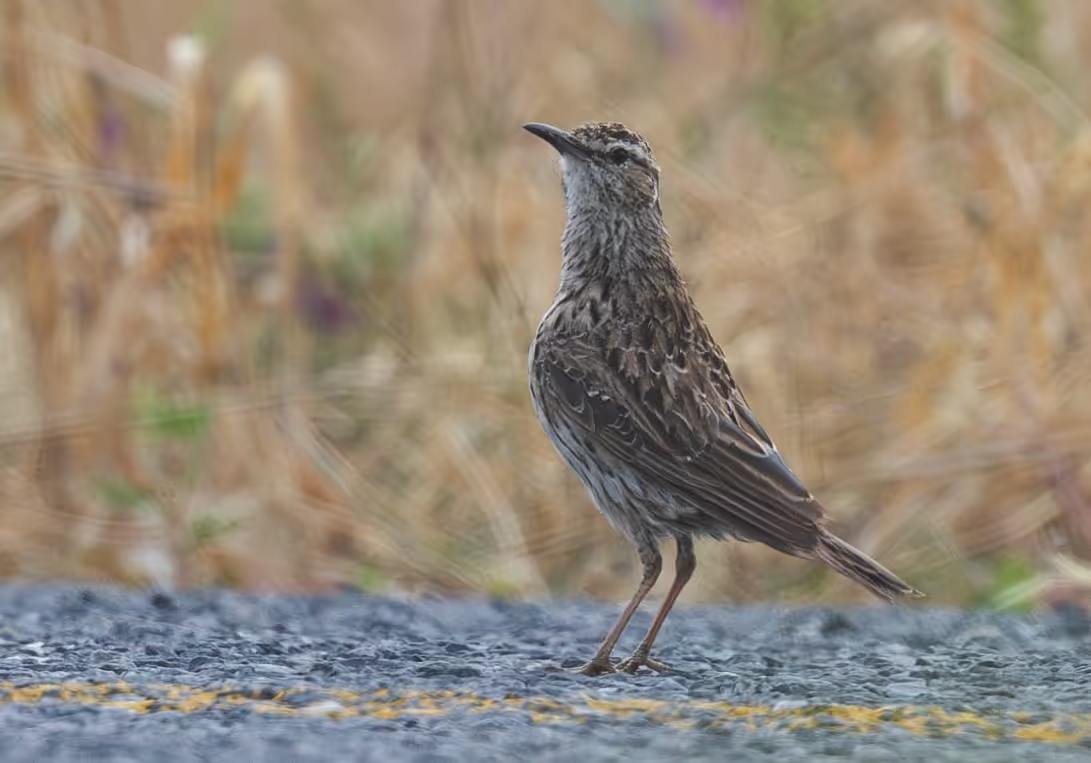
.avif)
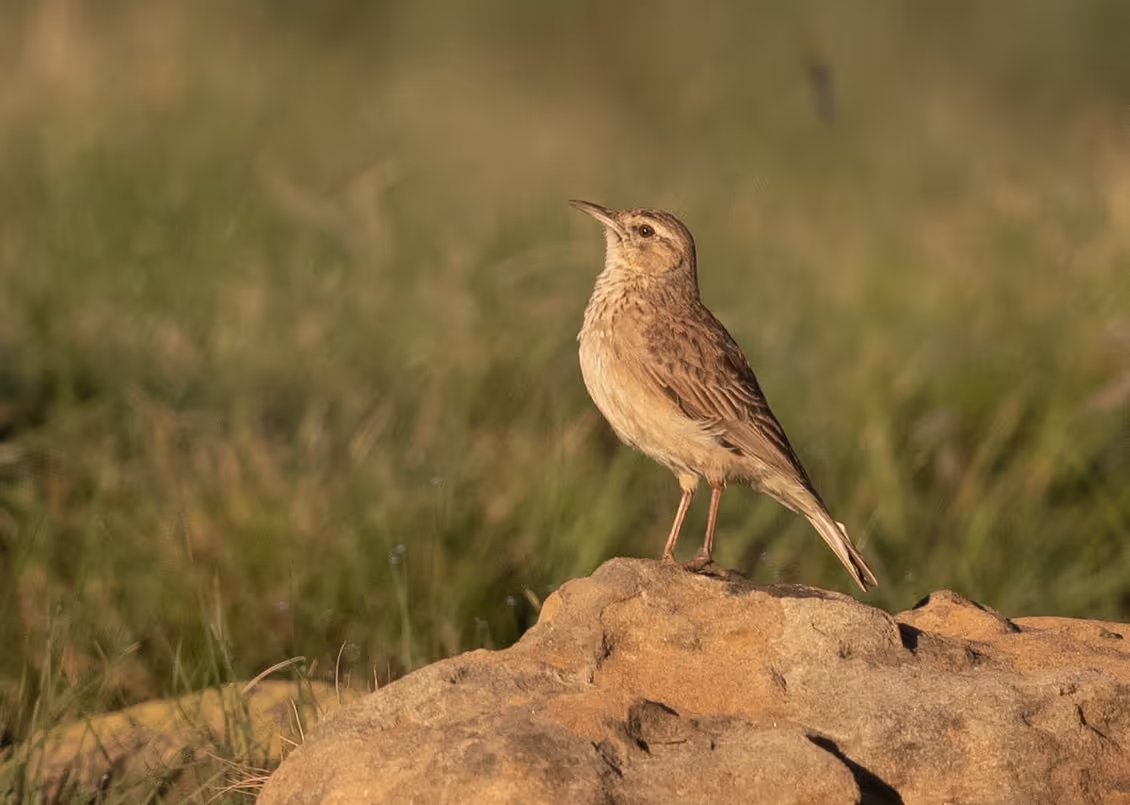
The differences in the new species were sometimes quite distinctive but, in many cases, the basis for calling the bird one or the other was based on habitat and distribution and in some cases differences in calls. For example, the Cape Long-billed Lark has a clear descending whistle that accompanies the descending display flight. Agulhas Long-billed Lark is very different, with an ascending call on the upflight of the display and then a descending whistle on the way down.
For birders who have witnessed each bird in the field, it is not hard to see why they were split in 2005. The physiological and behavioural features were supportive of the microscopic genetic work.
The Benguela and Karoo Long-bills were not so distinct, though. Visually they were very similar, and their behaviour and calls were also very similar. And for those that have tried to decide whether they are looking at a Benguela or Karoo in the vague hybrid zone near Spitskoppe in central Namibia, you will probably agree that this split made less sense than the Cape/Agulhas.
In many cases birders were told “if you are seeing a Long-billed Lark north of Uis (a small town in central Namibia) it is a Benguela and if you are seeing it south of Uis, then it is a Karoo.
I have personally sat looking at an abundance of Long-billed Larks in that area and my photos from that trip are still labelled Karoo/Benguela. It was not an enormous surprise to me that the taxonomists and official list custodians of world birds have decided that Benguela/Karoo Long-billed Larks are likely one and the same again. The geneticists have done the work to support the fact that we most likely only have one species here. For the immediate future, the IOC 15.1 list has not yet lumped Benguela with Karoo and Agulhas with Cape, but it is definitely coming as they have both already been taken care of in the recent Avilist release.
So, with Benguela Long-billed Lark, here is that example of a bird that, at one point was on the subspecies side of the line, shifted to the full species side and now imminently back again on the subspecies side.
Naturally, these things can be a little upsetting for birders as they have worked hard to get their numbers up to where they are. The milestone listers are probably the worst impacted. What happens if you hit 700 species for your sub-region, share high fives with your mates, and then a month later the list authorities lump a bird that you have seen and you are back on 699?
I have been asked this question by many birders, and I do not have the answer. Maybe make the most of it and enjoy your celebration twice? Why not? If you’re like my varsity-going sons, they celebrate every lifer with a beer down-down (no judgement please – they are varsity students) and that make me realise that every new bird and every new bird experience you have should be enjoyed no matter what the number.
In fact, this is relevant for my son, as he recently reached his 800 milestone bird with an African Crake in Betty’s Bay (see story here) and soon followed that up with a Lammergeier in the Drakensberg. He is now set to lose four species with the imminent Avilist lumps, so I sent him a message congratulating him on his latest lifer and added “only three more to get to 800!”
I think it provided him even more encouragement for celebrating with a beer in Notties Pub in Nottingham Road.
And this is probably a fair summary of how I feel about splits, lumps, name changes and list authorities. We should care less about what birds are called and more about the joy of seeing different things in different places. A rare yellow form of a Crimson-breasted Shrike should be enjoyed just as much as the far more common scarlet form of the same species, even though it does not result in another check mark in your field guide or electronic addition on your Bindo list. We should also enjoy trying to recognise the nuanced features of sub-species of birds and ask the question as to why a sub-species is any less meaningful than a full species. There's a saying I am hearing more regularly these days - let's make subspecies great again!
A slight caveat – the potential impact on conservation for bird species
There is one area where I feel it is important to preserve a full species, and that is when it might impact the conservation efforts associated with a bird. No bird is more relevant than our endemic Cape Parrot. This is a bird that was split from Brown-necked (Grey-headed) Parrot along with the 29 splits in Roberts VII many years ago. Brown-necked Parrot is a very widespread species throughout Africa, with a distribution in east, west and southern Africa, whilst our Cape Parrot is a true endemic, restricted to the Afromontane forests of the Limpopo, Kwazulu Natal and Eastern Cape provinces. Cape Parrots are listed as Vulnerable, but I think they’re far more endangered than that with habitat destruction, poaching for the caged bird trade and beak disease being the key threats facing their survival. While Cape Parrot is considered a full species, it is easier to raise funding for their survival but, if lumped with a globally common and widespread bird like Brown-necked Parrot, we can expect that the donor funding will dry up very quickly. So, if you want to hear me grandstand against a lump, this will be it.
Impact on Bindo
So, what is the impact of all of this on Bindo Birders?
Well, it is important for any listing app to keep abreast with all these changes, and we are doing our best to make sense of all of this, so you do not have to worry about it. It is important to remind you that we have always followed the IOC official list as that is the list that all our bird books follow and the basis of SABAP2 species lists and the official Birdlife South Africa list. In some instances, we may not necessarily be fans of the new names, but to ensure consistency we have adopted all the new names and taxonomic changes implemented by the IOC.
To make things a little easier we have separated the changes into their logical categories which are: name changes, taxonomic splits (creating new species names) and taxonomic lumps (eliminating certain species).
Bird name changes implemented by the IOC
Taxonomic changes – lumps
In all these instances, the Bindo name for each of the old names will be adjusted to the new names. We will assist birders by including reference to the old names in brackets for a period of time to make the transition easier.
Taxonomic changes – splits
As for the lumps, we will automatically adjust all the old names to the new names but will retain reference to the old name in brackets to make the transition easier.
Conclusion
The only thing left to say is that we should always simply get out there and enjoy our birding, but we do hope that this makes some sense of the ever-changing bird lists that you might be faced with as it is important, from a data point of view, that the correct birds are logged on Bindo. This is particularly important for SABAP2 cards that you are submitting.
